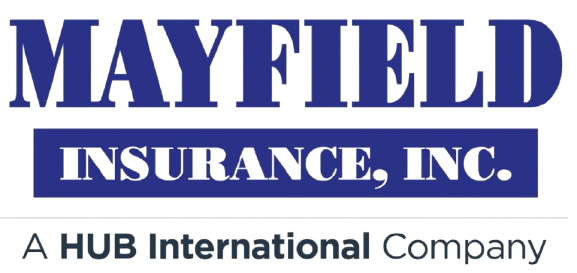Content supplied by Pekin Insurance
How to Make a Risk Management Checklist That Encourages Company Safety
4 min read
Keep your employees and customers safe with help from a risk management checklist.

You probably have a checklist for everything from standard operating procedures to opening and closing your shop. But do you have any documentation to combat theft, accidents, and other business risks you face every day?
The power is in your hands! You can limit risks with a comprehensive risk management checklist.
Each type of industry or business can use an individualized risk management checklist. The goal here is to get you started on some common points.
Getting Started on Your Risk Management Checklist
Business owners, employees, and customers face a variety of risks. These can range from physical hazards like falling items or wet floors to financial risks like credit card fraud and shoplifting.
What should be on your risk management checklist to prevent or lessen these problems?
Physical Risks
Physical risks and safety hazards are anything that could cause bodily harm.
These may include:
- Fire hazards such as faulty electrical outlets or extension cords.
- Tripping hazards such as inventory left in walkways.
- Chemical hazards such as cleaning products or gases that irritate skin or cause breathing problems.
- Tool and equipment-related hazards such as sharp knives or saws.
Here's what you should put on your risk management checklist for physical hazards:
- All employees are trained to identify and report hazards specific to your business.
- You have an emergency evacuation plan that you practice and share with everyone involved in your business.
- Your office or shop meets fire code regulations.
- You regularly test your carbon monoxide and smoke detectors, and there is easy access to a fire extinguisher.
- Everyone knows your address in case they need to call the fire or police department.
- Employees receive training for using cleaning chemicals.
- Heavy items are secure.
- Exit routes are marked and illuminated.
- Exit doors are unlocked or may be opened from the inside without a key or specialized knowledge.
- Work spaces are well-lit.
Technology Risks
Your cyber security is only as strong as the weakest link in the chain. The worst part of a technology risk is that it could impact your business and your customers through identity theft.
Make sure the following points are on your technology risk management checklist:
- You have a data security plan in place.
- You have a plan for handling a data breach.
- Your staff is trained on the data security methods that make the most sense for your business.
- Share access to data only on an as-needed basis.
- You change login information immediately when an employee leaves your business.
Human Risks
Employees are your most significant resource and your biggest source of potential problems. Especially at small businesses, where one employee could intentionally or unintentionally do a lot of financial damage.
If a dishonest employee makes it through the hiring process, they can wreak havoc on your business. But honest employees, or even you, could make a simple mistake with big repercussions. Add to that the possibility of shoplifters, and you could face extensive losses.
Make sure your risk management checklist accounts for human factors:
- Your hiring and training protocols are top-notch, and you follow them every single time.
- All employees are trained and regularly updated in risk management.
- All employees are trained in safety protocols.
- You have systems in place to limit or eliminate the potential for embezzlement and fraud.
- Your security system is installed correctly and tested regularly.
- Respect and responsibility are priorities in the workplace.
Though this isn’t an exhaustive checklist, it should give you a starting point for creating or expanding your own. Risk is inevitable, but you have the power to limit it.
.png?width=880&name=dot%20line%20(1).png)
Do you want help minimizing your risk? Contact your local, licensed Pekin Insurance agent to learn more about our Loss Control Program.
.png?width=880&name=dot%20line%20(1).png)

